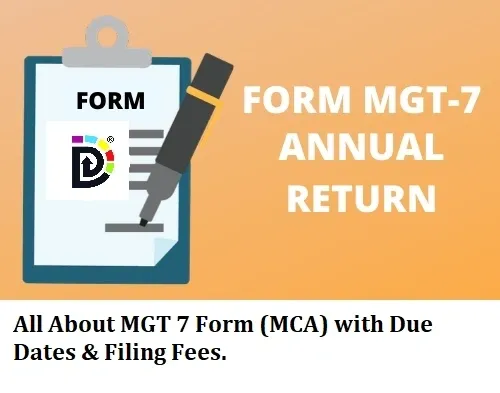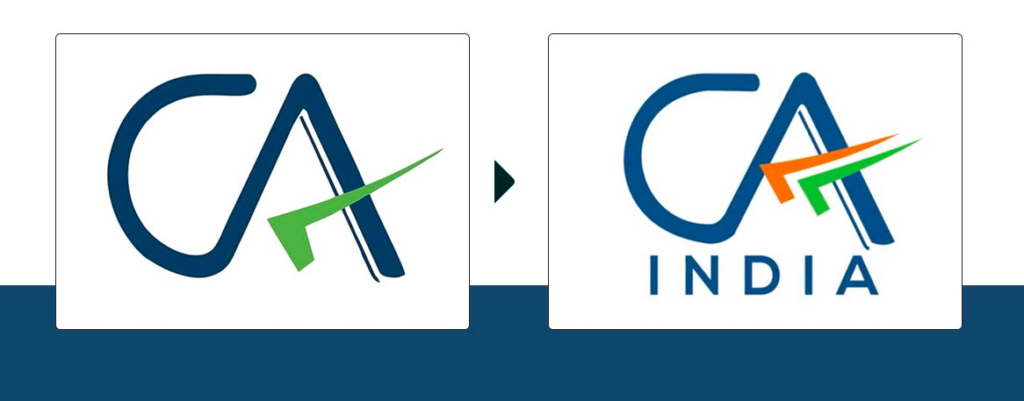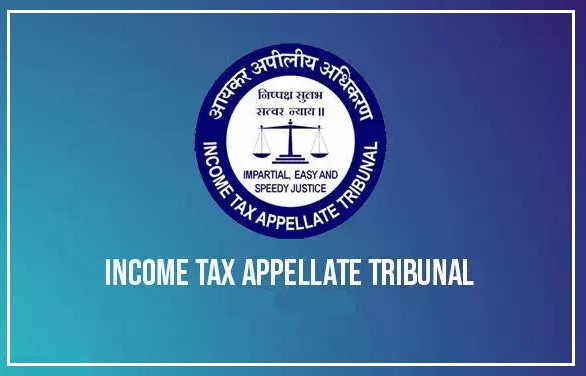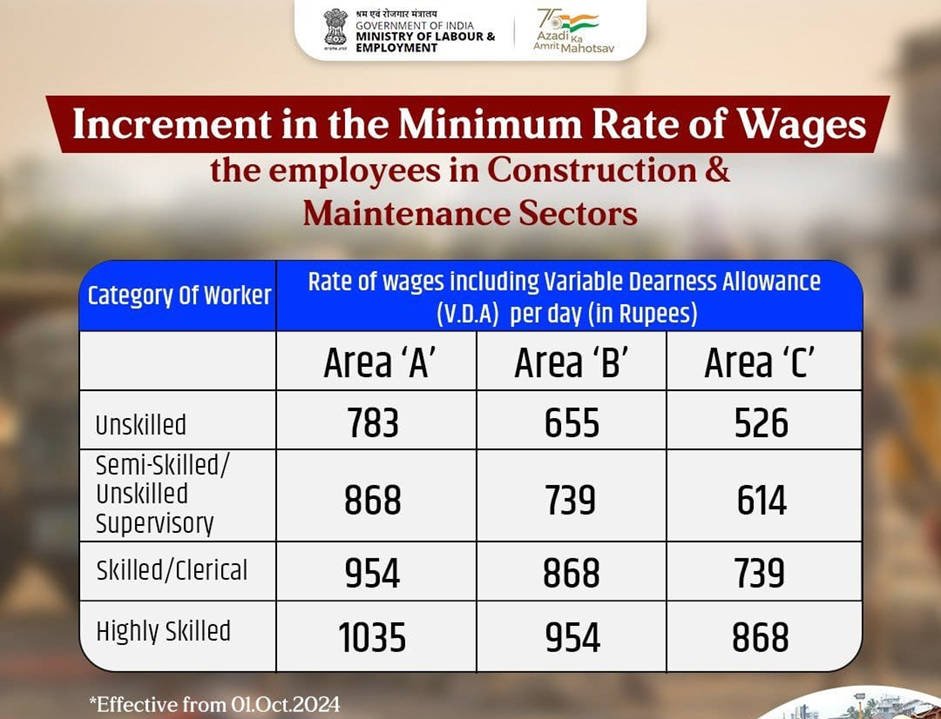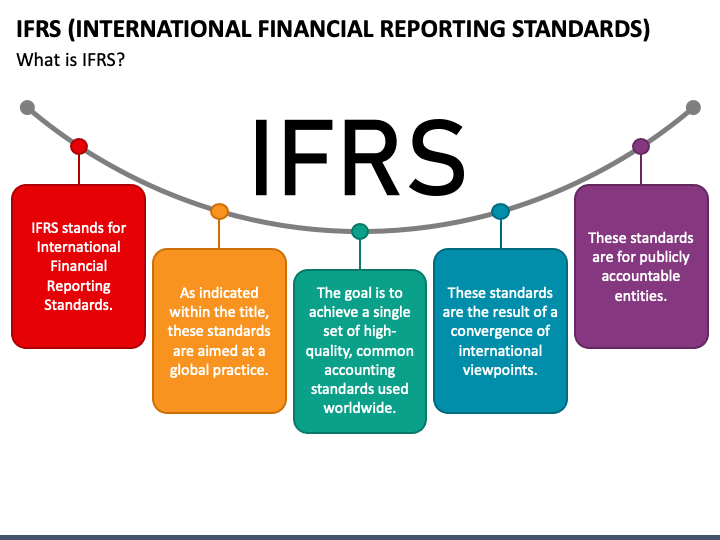How to File GSTR-3B After Payment of Challan | Follow These Steps

Filing GSTR-3B, a monthly return under the Goods and Services Tax (GST) regime in India, is an essential compliance requirement for businesses. This self-declaration form summarizes the details of sales and input tax credit claimed. After making the payment of the required challan, it’s crucial to file GSTR-3B correctly to avoid penalties and ensure smooth operations.
Understanding GSTR-3B
Contents
GSTR-3B is a simplified summary return of inward and outward supplies. It needs to be filed monthly by every registered taxpayer under GST. The form includes details of taxable outward supplies, eligible Input Tax Credit (ITC), and payment of taxes.
Step-by-Step Guide to Filing GSTR-3B After Payment of Challan
Step 1: Log In to the GST Portal
- Visit the GST Portal: Open your web browser and go to the official GST portal (https://www.gst.gov.in/).
- Log In: Enter your credentials (Username and Password) to log in to your GST account. If you don’t have an account, you will need to register for one.
- Dashboard: Once logged in, you will be directed to the dashboard. Here, you can see various options and the current status of your GST filings.
- Select Return Dashboard: Click on the ‘Services’ tab, go to ‘Returns’, and then click on ‘Returns Dashboard’.
- Select Financial Year and Period: Choose the financial year and the return filing period (month) for which you are filing GSTR-3B. Click on ‘Search’ to proceed.
Step 3: Access GSTR-3B Form
- Form GSTR-3B: In the return dashboard, under the ‘Monthly Return GSTR-3B’ tile, click on the ‘Prepare Online’ button.
Step 4: Fill in the Details in GSTR-3B
The GSTR-3B form is divided into multiple sections. Here’s how to fill each section:
- 1. Details of Outward Supplies and Inward Supplies Liable to Reverse Charge:
- 3.1(a) Outward Taxable Supplies: Enter the total taxable value and the corresponding tax amounts (CGST, SGST/UTGST, and IGST).
- 3.1(b) Outward Supplies under Reverse Charge: Enter details of inward supplies liable to reverse charge.
- 3.1(c) Zero-Rated Supplies: Enter details of export sales.
- 3.1(d) Nil Rated, Exempted, and Non-GST Supplies: Enter the total value of nil-rated, exempted, and non-GST supplies.
- 2. Details of ITC (Input Tax Credit):
- 4(A) ITC Available (whether in full or part): Enter ITC details on inward supplies, imports of goods and services, ISD credit, etc.
- 4(B) ITC Reversed: Enter ITC to be reversed due to rules of ineligibility or other reversals.
- 4(C) Net ITC Available: This is auto-calculated as 4(A) – 4(B).
- 4(D) Ineligible ITC: Enter details of ITC not allowed as per GST laws.
- 3. Details of Exempt, Nil-Rated and Non-GST Inward Supplies:
- Provide the total value of exempt, nil-rated, and non-GST inward supplies.
- 4. Payment of Tax:
- 6.1 Payment of Tax: Here, details are auto-populated based on the values you have entered. Review these values and ensure they are correct.
Step 5: Pay Tax and Offset Liability
- Check Liability: Before filing GSTR-3B, ensure that you have paid the necessary GST liability through challan. The GST liability can be checked in the ‘Cash Ledger’ and ‘Credit Ledger’ sections.
- Offset Liability: Go to the ‘Payment of Tax’ tile and click on ‘Offset Liability’. Use the available ITC and cash balance to pay off the tax liability. The order of utilization is as follows:
- IGST should be used first for paying off IGST, CGST, and SGST/UTGST liabilities.
- CGST and SGST/UTGST should be used next to pay their respective liabilities.
Step 6: Preview and Verify GSTR-3B
- Preview Form: Click on the ‘Preview Draft GSTR-3B’ button to download and review the draft summary of your return. Ensure all details are correct.
- Verify Details: Check the summary carefully to avoid any discrepancies.
Step 7: File GSTR-3B
- Proceed to File: Once you have reviewed and verified the details, click on the ‘Proceed to File’ button.
- Submit Form: Click on the ‘Submit’ button to validate your return. The status of your return will change to ‘Submitted’.
Step 8: File With DSC or EVC
- Choose Filing Option: After submission, you will be prompted to file the return using either DSC (Digital Signature Certificate) or EVC (Electronic Verification Code).
- Using DSC: Select the DSC option, sign with your digital signature, and proceed.
- Using EVC: Select the EVC option, and you will receive an OTP on your registered mobile number. Enter the OTP to verify and proceed.
Step 9: Acknowledgment
- ARN Generation: Upon successful filing, an Acknowledgment Reference Number (ARN) will be generated. This confirms that your GSTR-3B has been filed successfully.
- Download Filed Return: You can download the filed return for your records.
Important Tips and Reminders
- Timely Filing: Ensure that GSTR-3B is filed within the due date to avoid late fees and penalties.
- Accurate Details: Double-check all details before submitting the form to prevent errors and discrepancies.
- Maintain Records: Keep all related documents and payment challans for future reference and audits.
- Seek Professional Help: If you are unsure about any step, consider seeking help from a tax professional to ensure accurate filing.
Conclusion
Filing GSTR-3B after the payment of challan is a critical process for GST compliance. By following this step-by-step guide, you can file your GSTR-3B accurately and efficiently, ensuring that you meet all regulatory requirements. Always stay updated with the latest GST rules and amendments to maintain compliance and avoid any legal issues.


